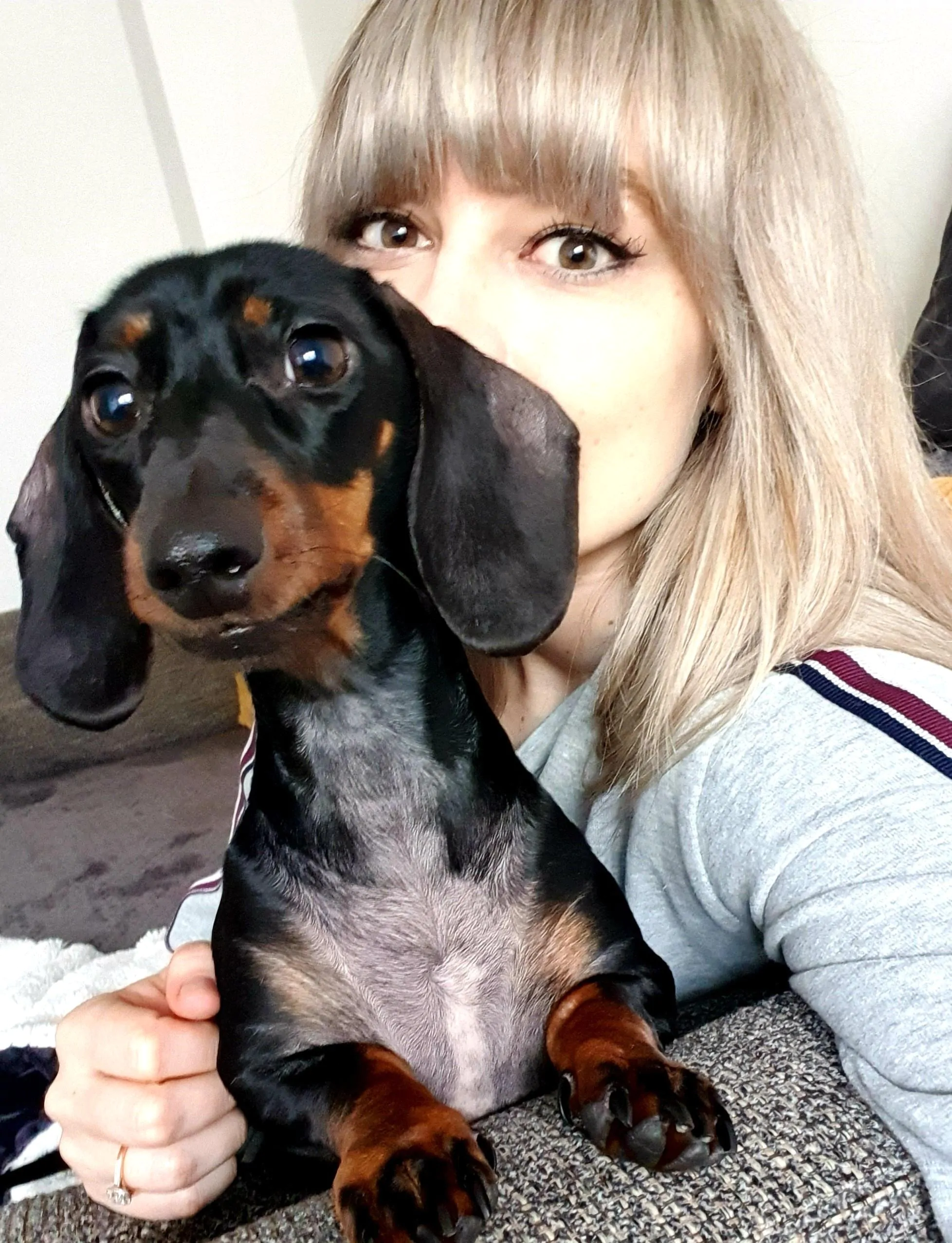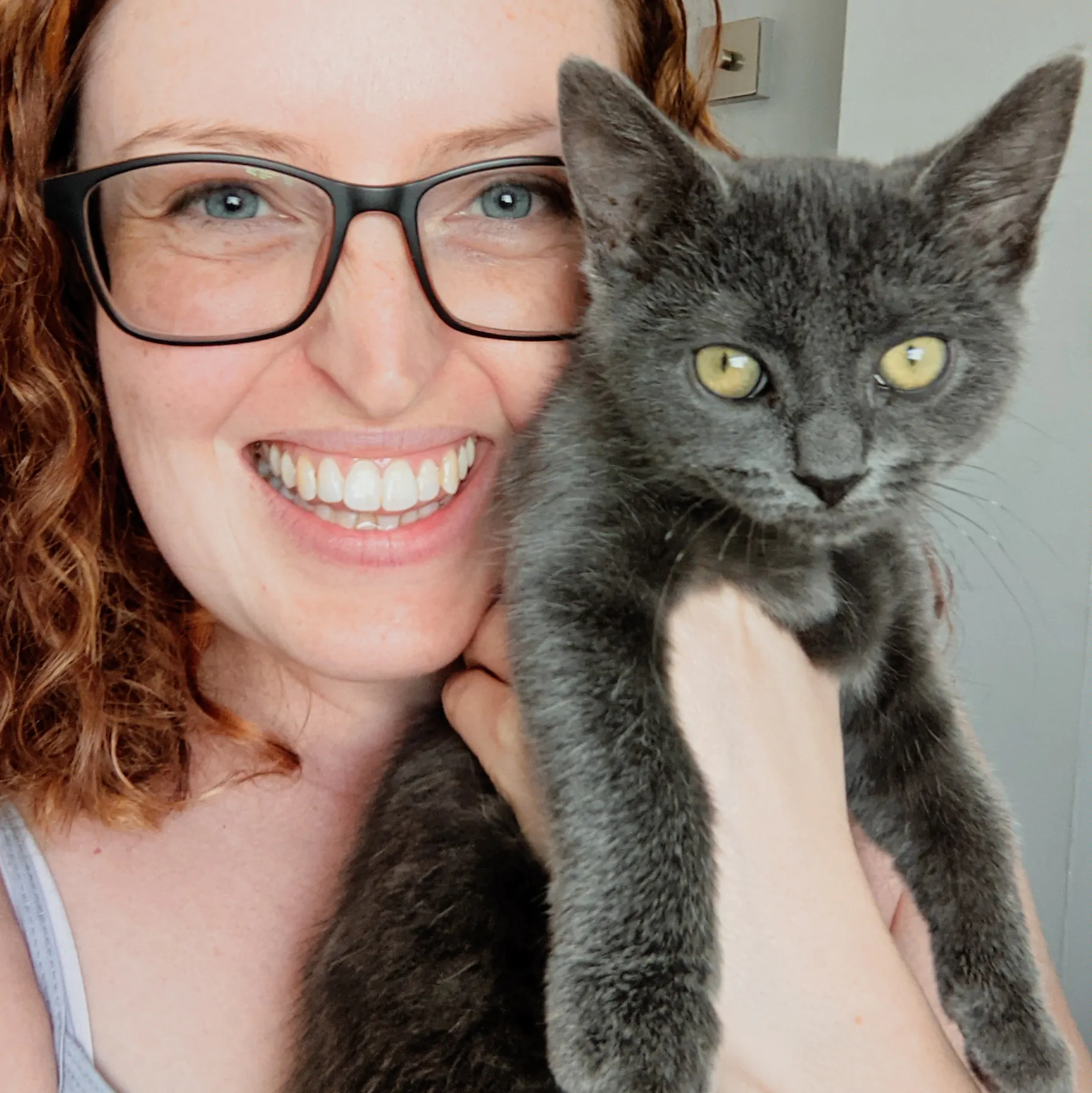Covers your pet up to the chosen vet fee limit if they have a dental accident or injury. Always be sure to take your pet for annual dental check-ups, and follow your vet’s advice.
Cairn Terriers are lively and fearless for a wee dog. Their high energy means they need a good amount of exercise and play. They’re intelligent dogs, so they’re mostly willing to train, although they do have a wide stubborn streak.
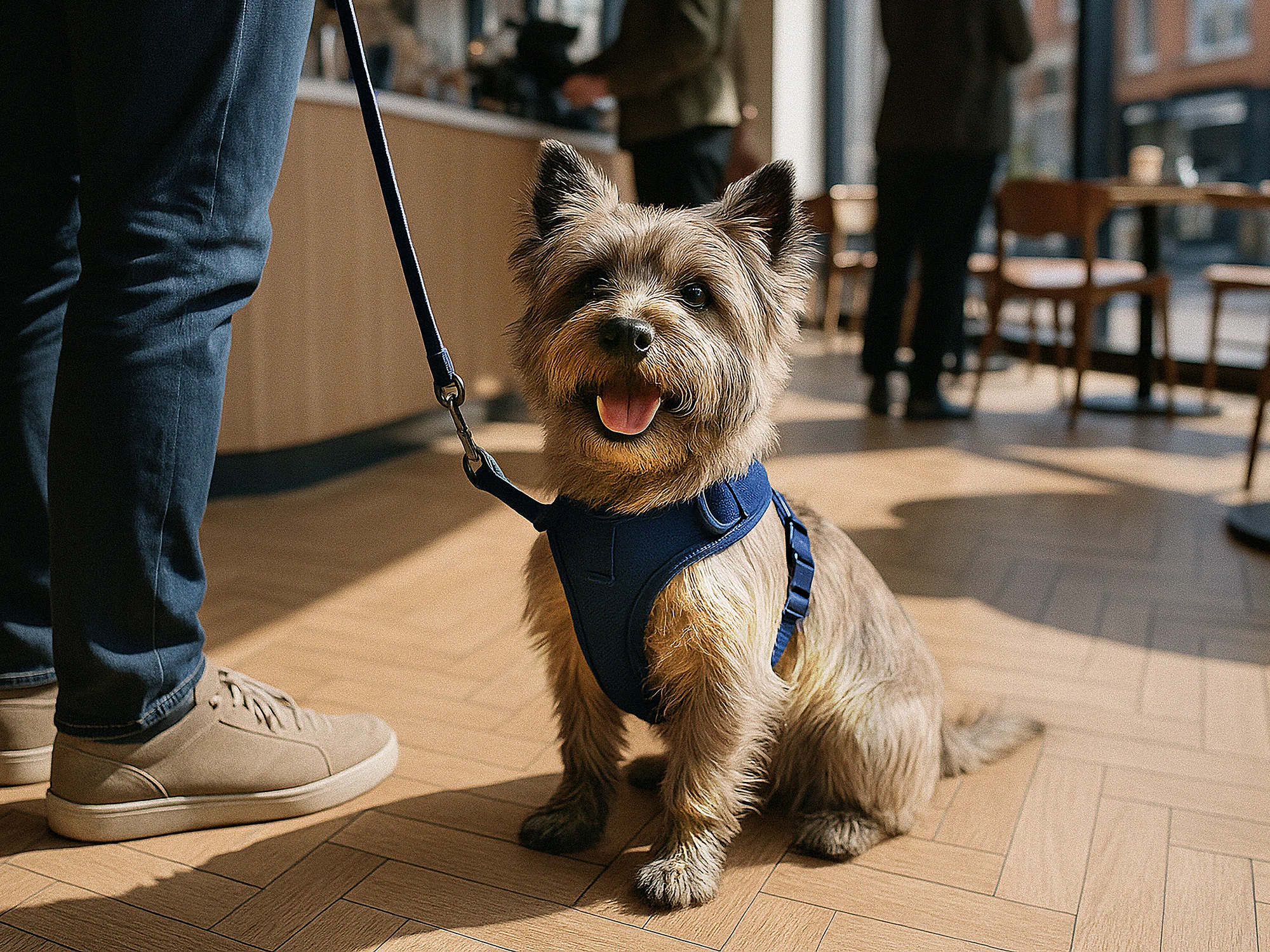

A guide to owning Cairn Terrier
Hailing from the Scottish Highlands and bred to hunt vermin, the Cairn Terrier is one of the oldest terrier breeds. In spite of their size, they’re energetic and fearless. They’re also cheerful, intelligent and loyal. You may have spotted one before playing Dorothy’s dog Toto in The Wizard of Oz.
They’re also quite a rare breed, accounting for less than 1% of Petgevity’s policies. Despite this, they make a big impression!
With all breeds, there are a few things worth knowing before you commit to getting one. Here we’ll look at the Cairn Terrier’s common health issues, alongside their temperament, exercise and grooming needs.
Are Cairn Terriers good family dogs?
Cairn Terriers are friendly, playful and affectionate, which makes them good dogs for active families. ‘Active’ is key here, because Cairns are very energetic, needing plenty of play and frequent socialisation. Not having this can lead to unwanted behaviours such as chasing, barking and digging.
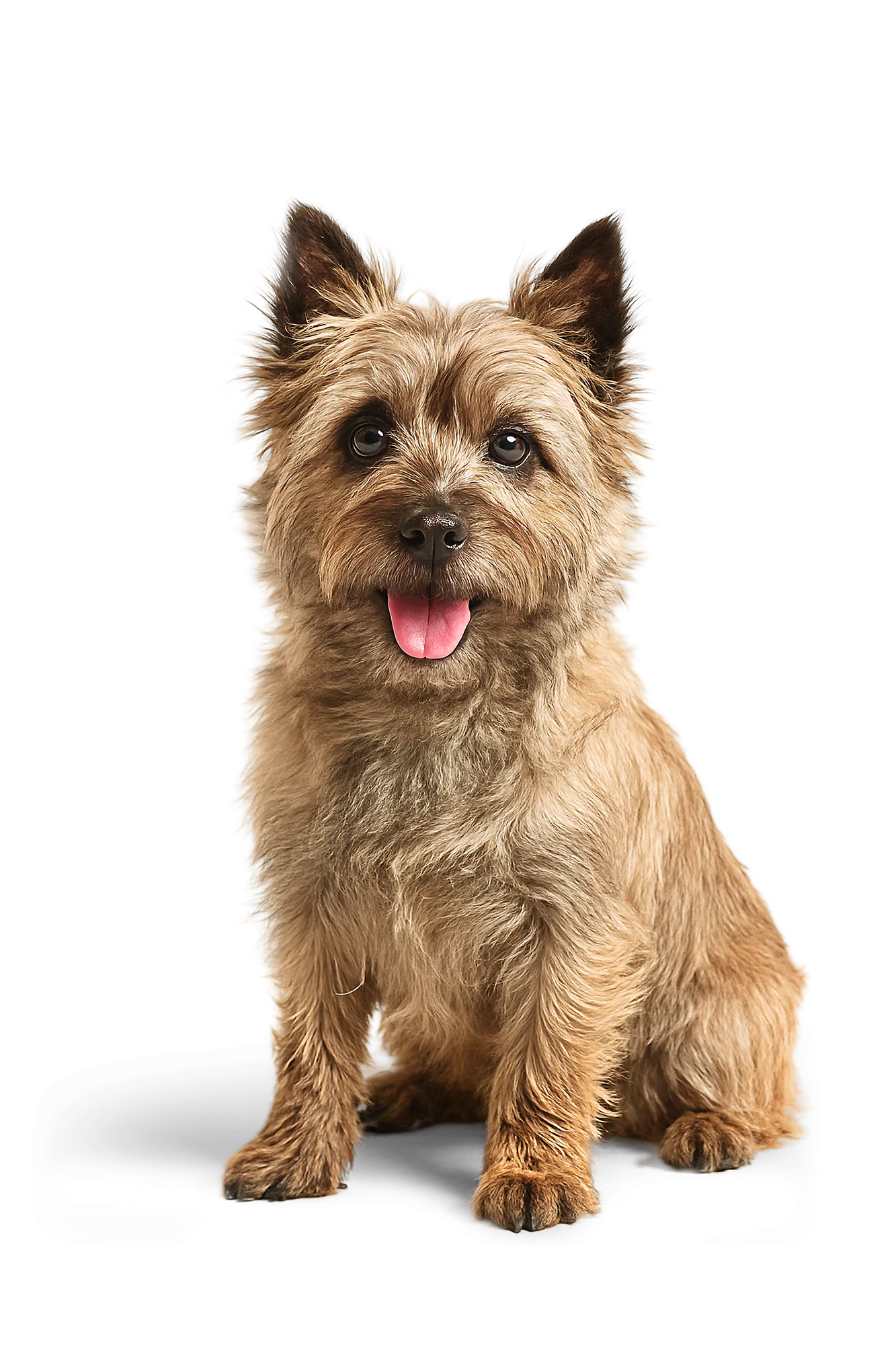

Cairn Terrier size and appearance
While small, the Cairn Terrier is strong and sturdy, with a muscular build and confident posture. They’re usually between 23-33cm at the shoulder, weighing between 6-7.5kg. They also have expressive dark eyes, pointy ears and a shaggy double coat which droops down their face.
Its harsh, shaggy double coat, fox-like face, pointed ears, and expressive dark eyes give it an alert and inquisitive look that matches its lively personality.
Their coat comes in a variety of colours, although not pure black or white:
- Cream
- Wheaten (like a shade of ripening wheat)
- Red / ginger
- Grey
- Brindle (dark stripes on a lighter base coat)
What were Cairn Terriers bred for?
Hailing from the Scottish Highlands, Cairn Terriers were bred to hunt vermin – including foxes (hence the fearlessness), otters and other small vermin. They’re one of Scotland’s earliest working dogs.
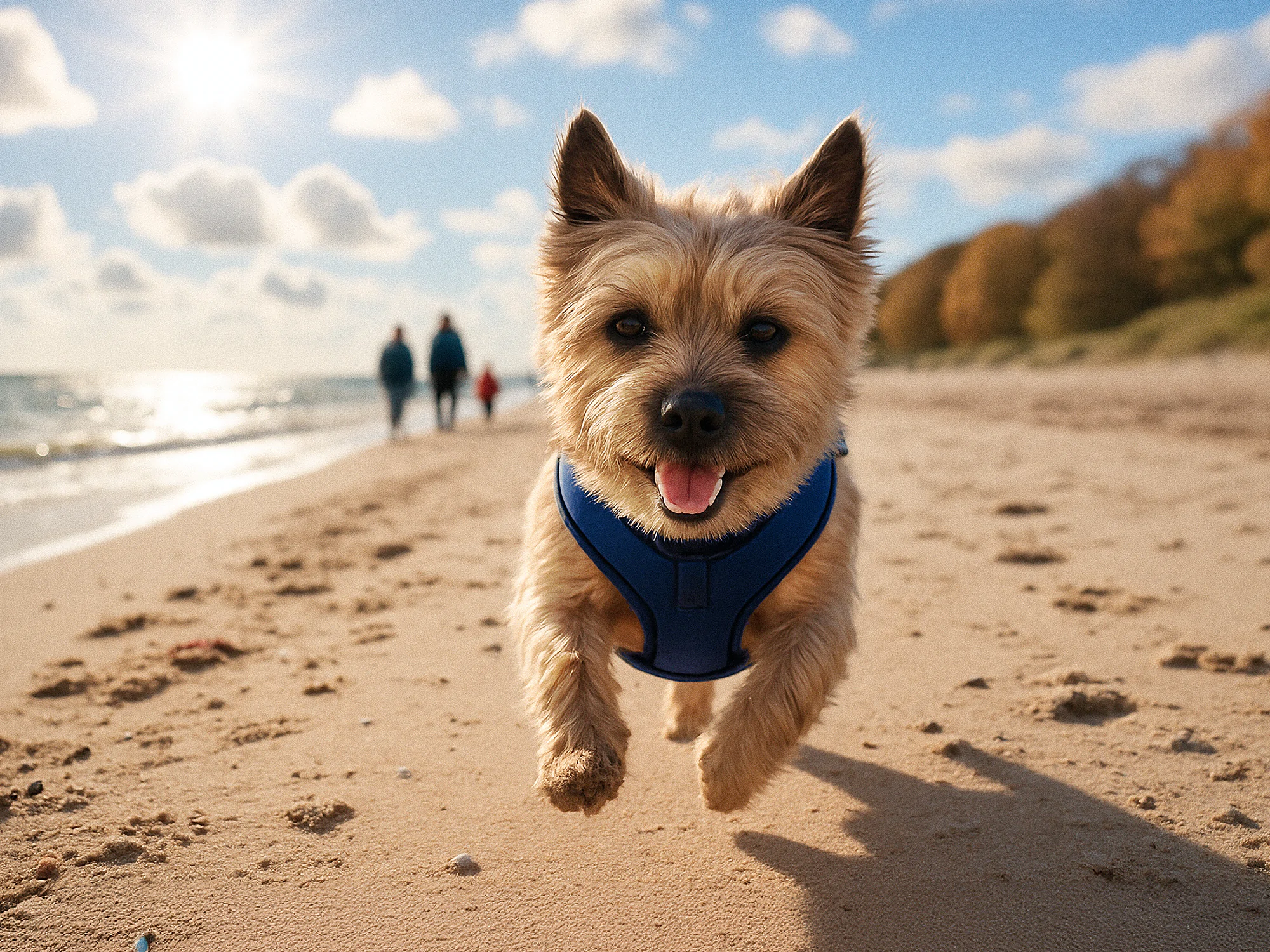

What is the Cairn Terrier’s temperament?
The Cairn Terrier’s personality is:
- Lively: Cairns are full of zest and enthusiasm, always ready to play or explore.
- Bold: They’re fearless and act like much bigger dogs.
- Affectionate with their family: They form strong bonds and enjoy being part of the clan.
- Willful: A little stubborn but smart, they often like to do things their own way.
- Watchful: They’re naturally curious, although can be quick to bark at unfamiliar sounds or visitors.
Can Cairn Terriers be left alone?
Cairn Terriers can be trained to tolerate being alone, but they’d prefer not to be. They should be ok for a few hours, but no dog should be left alone longer than four. If you do need to leave them alone for a period of time, make sure they have plenty of water, and comforts such as their favourite toys, blankets etc.
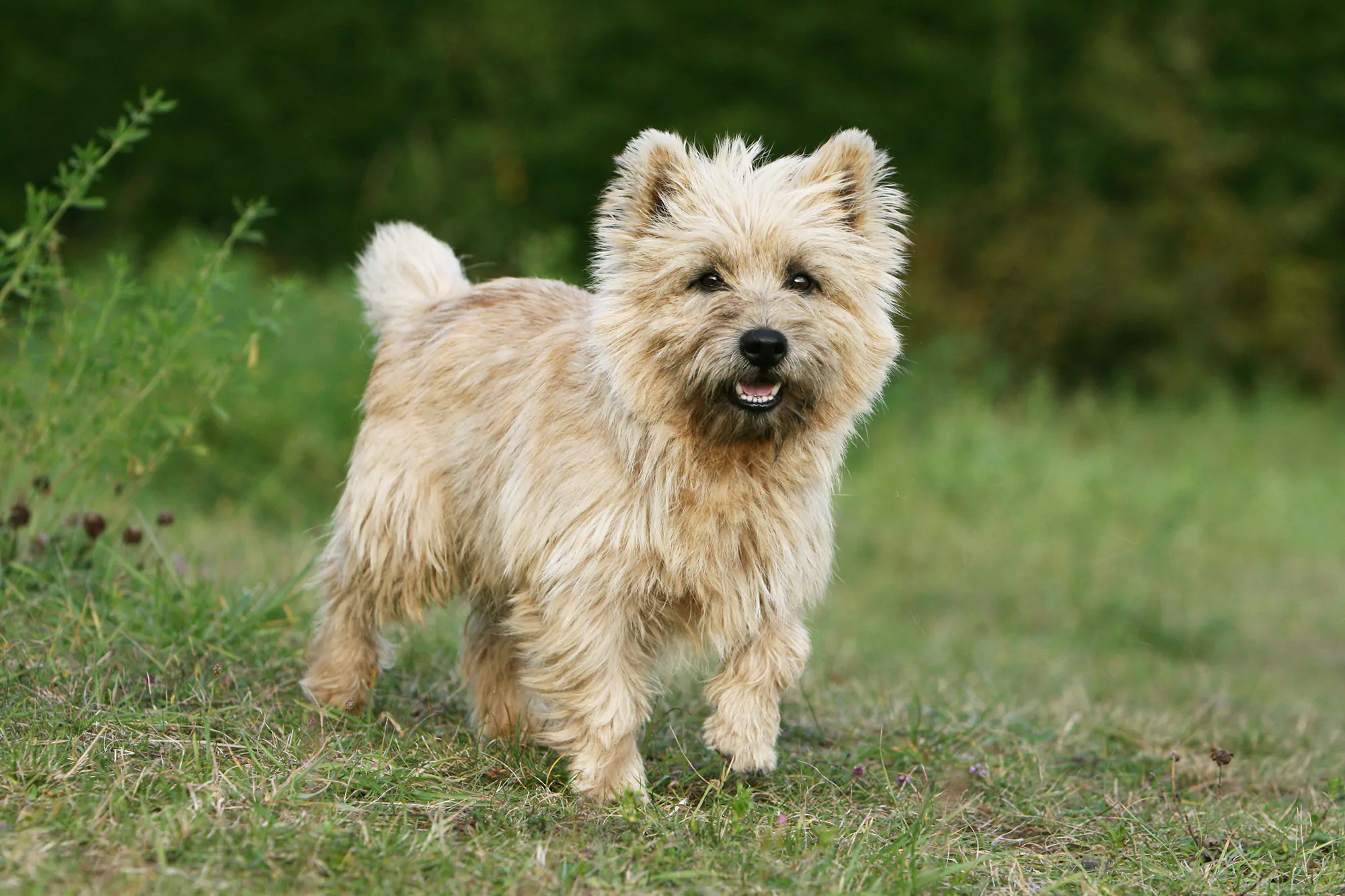

How much exercise does a Cairn Terrier need?
Don’t be fooled by the diminutive size… Cairn Terriers are very active, needing regular exercise and mental stimulation. They’ll need at least a couple of brisk walks a day. Add to that a healthy dose of play in your garden or the park. They’ve got plenty of energy to burn off.
They’re fond of digging, which could put your flowerbed in the firing line unless you keep them occupied. It’s a good idea to have lots of games testing their brain and/or agility lined up, such as puzzle toys. If you don’t challenge them, you risk boredom-related behaviour such as chewing, barking or destroying things.
Can Cairn Terriers swim?
Cairn Terriers can swim, although whether they enjoy it will be down to the individual. Many do enjoy a bit of a paddle and splash around, but start them off slow to be sure – ideally in shallow water under supervision.


Our expert says…
With shared ancestry among Scottish terriers, the friendly, fearless Cairn Terrier has some breed-specific health concerns. Eye issues include cataracts (cloudy lens), glaucoma (high pressure inside the eye), progressive retinal atrophy (gradual vision loss) and ocular melanosis (pigment buildup that may trigger glaucoma).
Joint and bone issues include luxating patellas (slipping kneecaps), hip dysplasia, Legg-Calvé-Perthes (loss of blood supply to the thigh bone, causing bone damage), and craniomandibular osteopathy (excessive jawbone growth, causing pain).
Cairns may suffer from atopy (chronic itching and skin damage) and, in later life, hypothyroidism (slow metabolism), Cushing’s disease (excess cortisol) and diabetes (high blood sugar).
Cairn puppies can be born with kidney dysplasia (leading to kidney failure) or a portosystemic shunt (liver shunt). A shunt is an abnormal blood vessel that bypasses the liver, preventing detoxification and interfering with metabolism. Blood and clotting disorders include Haemophilia B (Factor IX deficiency), Von Willebrand’s disease (delayed clotting), macrothrombocytopenia (too large and too few platelets), and pyruvate kinase deficiency (short-lived red blood cells causing anaemia). Also rare is globoid cell leukodystrophy (lysosomal storage disease), which damages the myelin insulating nerves, leading to progressive neurological decline.
Though typically hardy, careful breeding and regular check-ups are important.
Dr Nicole Olewinski BVSc MRCVS


How long do Cairn Terriers live?
The Cairn Terrier is generally a healthy breed, with an average lifespan of around 13-15 years.
What are the common health issues for a Cairn Terrier?
While generally a healthy breed, there are some health issues which crop up more frequently with Cairns. Among these is luxating patellar, where the kneecap temporarily slips out of place. Surprisingly, this isn’t always painful – you might only notice the odd skipped step. But over time, inflammation, arthritis and pain will develop. Early surgery can help minimise this.
Other issues Cairns sometimes face include glaucoma (pressure within the eye) or cataracts, atopy (hypersensitivity to allergens) and liver shunts (abnormal blood flow to the liver).


Cairn Terrier grooming and hygiene
As you might expect from a dog bred in the Scottish Highlands, Cairn Terriers are weather-resistant. They have a double coat comprising a wiry, shaggy topcoat and soft undercoat. You’ll need to brush them about twice a week to keep it from matting. It’s also a good idea to take them to the groomer every couple of months to help maintain their coat’s texture and health.
You should also give them regular ear checks, trim their nails and get in a good dental care routine.
Do Cairn Terriers shed?
Despite the shaggy coat, Cairn Terriers are considered a low-shedding breed. With wiry coats, it’s best to hand strip them – in other words, manually remove dead or loose hairs.
Scissors are great for keeping their face neat and tidy, but clipping is a no-no. It changes the coat’s natural properties and won’t remove dead hairs in the same way as stripping or brushing. Avoid clipping unless it’s medically necessary.
Are Cairn Terriers hypoallergenic?
While no dog breeds are truly hypoallergenic, Cairns are on the lower end of the scale when it comes to triggering allergies. This means they sometimes appear on lists of hypoallergenic dogs, but there are never any guarantees.
If you’re sensitive to allergies, responsible breeders should be understanding if you want to spend a little time with some Cairns to see if you’re ok before you commit.


How to train a Cairn Terrier
Cairns are intelligent and quick learners. But they’ve also got their own ideas, so they can sometimes be stubborn or even mischievous.
To keep them on the right side during your training, here are a few pointers:
- Your training should focus on consistent positive reinforcement. Don’t be harsh with your Cairn Terrier. Keep sessions short, fun and reward-based.
- Early training should focus on impulse control. Cairns were bred to hunt, so their chase instinct is strong. Early training should focus on not pulling on the lead, and establishing good recall.
- Don’t let them get their way all the time. It’s important they know you’re in charge, or they may run rings round you.
- With all dogs, it’s important to socialise them early. This will help them get used to other dogs being around, and grow their confidence. It can also prevent unwanted traits later on, such as aggression.


What insurance do I need for my Cairn Terrier?
It’s up to you what level of dog insurance you choose for your Cairn Terrier. It generally comes down to your budget and dog’s specific needs. If you want to know exactly what you get for your money, check out our guide to whether pet insurance is worth it.
We’re of the opinion that all dogs deserve the most comprehensive level of cover available. This is why we only sell different flavours of lifetime cover. We could also cover your Cairn Terrier for any pre-existing conditions they may have with our Lifetime Plus policy, subject to acceptance*.
How much does it cost to insure a Cairn Terrier?
The cost of insurance depends on numerous factors, including your Cairn’s age, where you live in the country, and whether they have any pre-existing conditions. But on average, we find they cost roughly £380 to insure a year.
Based on Petgevity policies sold from 1 Jan – 31 Dec 2024


Guides and advice from experts
Our expert vets and behaviourists have great pointers to help keep your pet happy and healthy.

If your dog gets ill or has an accident, you want to give them the best care possible. Let’s take a look at why having pet insurance is important for your pooch.
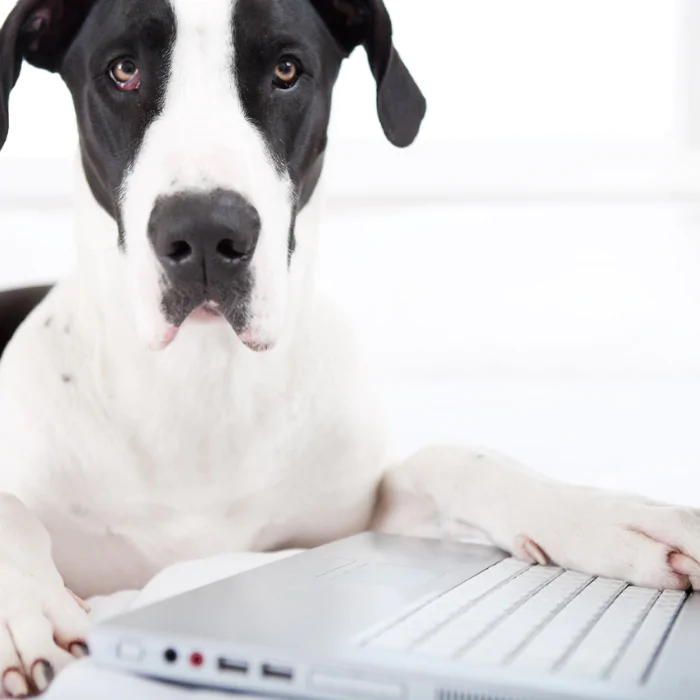
How to choose the best pet insurance for my pet
We explain the top things you may want to think about when it comes to researching pet insurance policies, including how you can compare pet insurance.
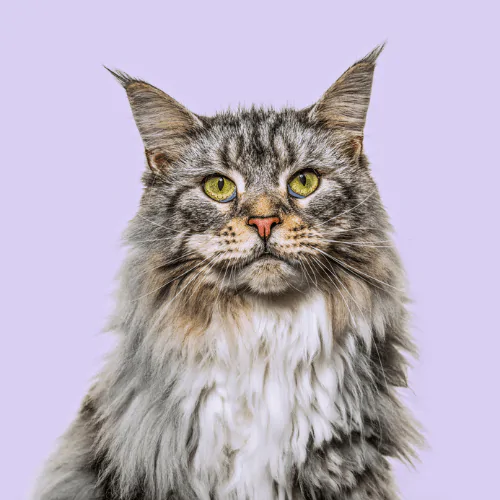
What is lifetime pet insurance
We’re saying farewell to all of the confusion around lifetime pet insurance. Join us as we explore what it is and how it works.
What’s included in your dog cover
Choosing Petgevity to protect your dog gives you more than just vet fee cover. Here's what you get from our policy.
Dental accident
Covers your pet up to the chosen vet fee limit if they have a dental accident or injury. Always be sure to take your pet for annual dental check-ups, and follow your vet’s advice.
More info
Covers your pet up to the chosen vet fee limit if they have a dental accident or injury. Always be sure to take your pet for annual dental check-ups, and follow your vet’s advice.
Behavioural treatment
Get expert help with your pet’s mental and emotional wellbeing, as advised by your vet. Cover up to your chosen vet fee amount or the cost of up to 12 sessions, whichever is lower (Lifetime Plus); or up to £1,000 (Lifetime).
More info
Get expert help with your pet’s mental and emotional wellbeing, as advised by your vet. Cover up to your chosen vet fee amount or the cost of up to 12 sessions, whichever is lower (Lifetime Plus); or up to £1,000 (Lifetime).
Complementary therapy
As advised by your vet, this covers alternative treatments like acupuncture or hydrotherapy. Cover up to your chosen vet fee amount (Lifetime Plus); or up to chosen vet fee amount or £1,500, whichever is lower (Lifetime).
More info
As advised by your vet, this covers alternative treatments like acupuncture or hydrotherapy. Cover up to your chosen vet fee amount (Lifetime Plus); or up to chosen vet fee amount or £1,500, whichever is lower (Lifetime).
Emergency care
If you can’t look after your pet due to an emergency, such as an unplanned hospital visit, this covers you for up to £1,500 (Lifetime Plus) in minding costs.
More info
If you can’t look after your pet due to an emergency, such as an unplanned hospital visit, this covers you for up to £1,500 (Lifetime Plus) in minding costs.
Third-party liability for dogs
Covers you for legal costs if your dog causes injury to somebody or their pet, or causes loss or damage to someone’s property. Protects you for up to £2 million in a legal action.
More info
Covers you for legal costs if your dog causes injury to somebody or their pet, or causes loss or damage to someone’s property. Protects you for up to £2 million in a legal action.
Choice of optional extras
Need extra protection? Choose from several optional extras to cover your pet’s needs, including dental illness, or cover if your pet is stolen or lost.
More info
Need extra protection? Choose from several optional extras to cover your pet’s needs, including dental illness, or cover if your pet is stolen or lost.
Dental accident
More infoBehavioural treatment
More infoGet expert help with your pet’s mental and emotional wellbeing, as advised by your vet. Cover up to your chosen vet fee amount or the cost of up to 12 sessions, whichever is lower (Lifetime Plus); or up to £1,000 (Lifetime).
Complementary therapy
More infoAs advised by your vet, this covers alternative treatments like acupuncture or hydrotherapy. Cover up to your chosen vet fee amount (Lifetime Plus); or up to chosen vet fee amount or £1,500, whichever is lower (Lifetime).
Emergency care
More infoIf you can’t look after your pet due to an emergency, such as an unplanned hospital visit, this covers you for up to £1,500 (Lifetime Plus) in minding costs.
Third-party liability for dogs
More infoCovers you for legal costs if your dog causes injury to somebody or their pet, or causes loss or damage to someone’s property. Protects you for up to £2 million in a legal action.
Choice of optional extras
More infoNeed extra protection? Choose from several optional extras to cover your pet’s needs, including dental illness, or cover if your pet is stolen or lost.
*Cover for pre-existing medical conditions is subject to acceptance. They will not be covered unless you have declared them and they are shown on your Confirmation of Cover.
